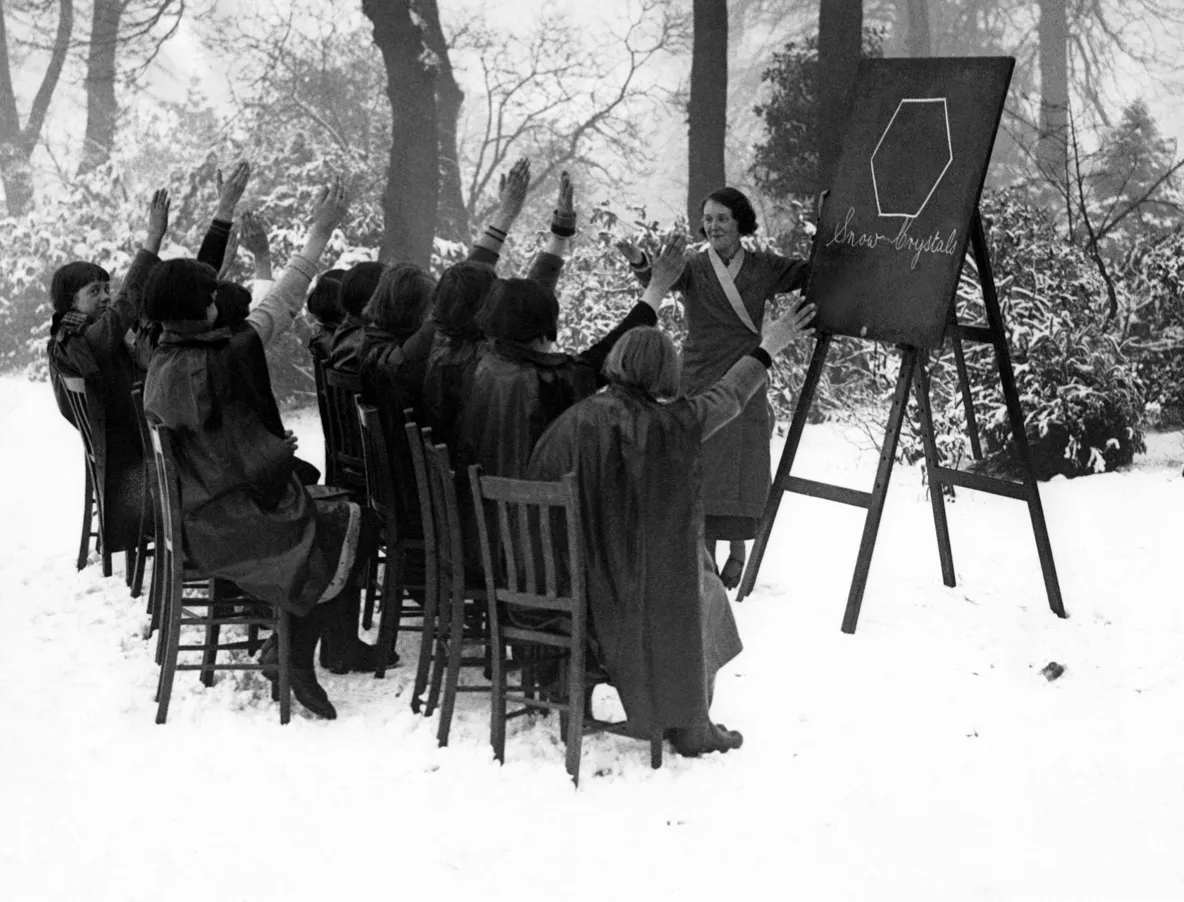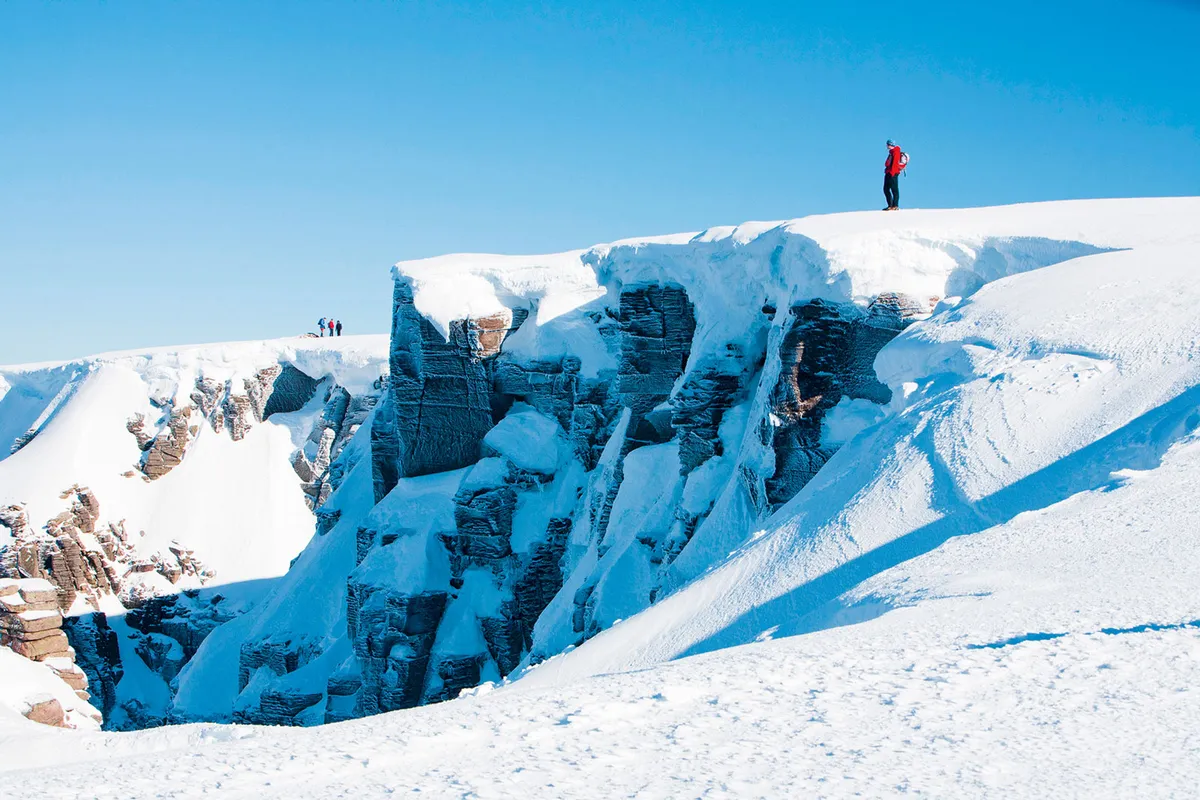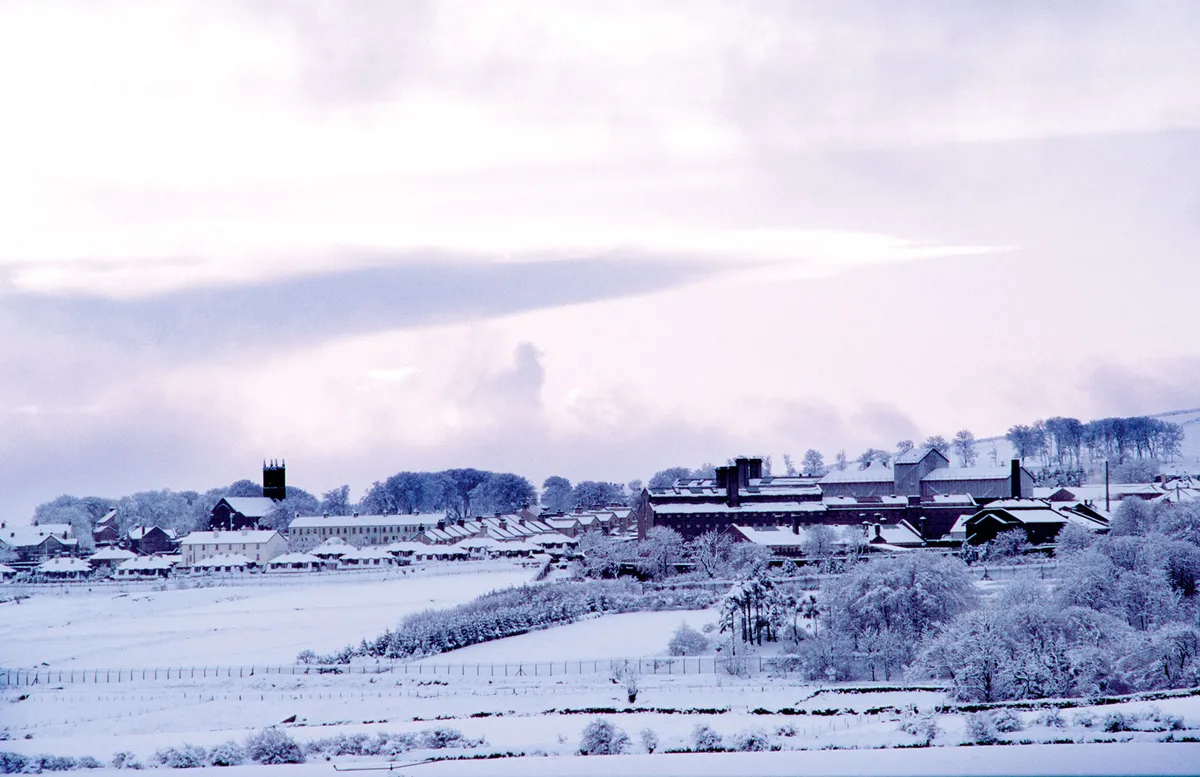We take a look back at Britain's coldest and snowiest winters on record, plus our guide on the best places in Britain to see snow and tips on how to stay safe.
How many snowy days does the UK get on average each year?
According to the Met Office, the UK sees an average of 23.7 days of snow fall or sleet a year, with most of this snow falling on higher ground where temperatures are lower.
History of snow in Britain
1908 - first ski lifts
The first ski lift went into operation in 1908 (in Germany) and made the sport far more popular – at least in countries with regular winter snowfalls. The Ski Club of Great Britain had been publishing its magazine, the British Ski Year Book, for several years at this point and helped organise the first British National Ski Championships in 1921 in Wengen, Switzerland.
1930s schooling
If your classroom or office is a little drafty, remember that a bit of cold never harmed anyone. Here, a class learns about the structure of snowflakes.
In the 1930s, some educationalists were great believers in the benefits of fresh air. By the end of the decade, there were 155 'open-air' schools across the UK, in which children were educated in classrooms that had roofs – but no walls. Even in winter, when sometimes the pupils' first task in the morning was to sweep snow from their desks.

When was the coldest winter in the UK?
Winter of 1947
The winter of 1947 was one of the harshest on record in the UK, with heavy snowfalls that reached up to 7m deep. The mean maximum temperature for the February was 0.5°C. The armed forces were called in to help clear roads and railways, and supplies were flown into isolate villages via helicopter. The cold spell began in January and lasted until mid-March – in the thaw, more than 100,000 homes were affected by flooding.
The 'Big Freeze' of 1963
The winter of 1963 is one of the coldest British winters on record. It began just before Christmas in 1962, bringing blizzards, snow drifts and temperatures lower than -20°C. Lakes, rivers and even some sea water in harbours froze – it's well-documented that the River Thames also froze over.
The 'Beast from the East' in 2018
The Beast from the East hit the UK on 26 February 2018, bringing Arctic temperatures and heavy snowfall. Heavy snowfall and freezing temperatures caused severe travel disruption, and the National Grid issued a gas deficit warning. The Army were also called in to transport NHS workers to and from work as roads became extremely difficult to drive on.
The winter of 2021
While we haven't had as many cold winters in recent years, the last time the River Thames froze was in 2021. Parts of the river in Teddington, in the London Borough of Richmond upon Thames, froze over. An image taken by the RNLI showed seagulls walking on its surface, and warned that they may need to use a smaller boat on call-outs.
What is a White Christmas?
According to official long-standing records kept by the Met Office, a White Christmas only officially occurs if a flake of snow falls on the ‘Big Day’. There doesn’t even need to be any snow on the ground.
White Christmases are more common than you might think. In fact, at least one snowflake has fallen somewhere in the UK on Christmas Day 38 times in the last 55 years. Perhaps to most people, though, snow-covered ground is what really ticks the Christmas box. Using this measure it is, of course, more unusual.
Where can you see snow in Britain?
Wales
Snowdon, Gwynedd
Wales’ climate is heavily influenced by the Irish Sea and snowfall – even at altitude is quite rare. Snowdon typically gets snowfall on around 30 days a year, but it rarely lingers for more than a few days.

Scotland
Cairngorm Plateau, Highland
A genuinely extreme environment in winter, where snow falls on more than 50 days a year and temperatures regular drop to -10°C or lower and stay there for days on end. Heavy snowfall here will typically linger for several weeks and during the harsh winter of 2010-11 – the entire plateau was covered in snow from November to April.

Northern England
Cross Fell, North Pennines
Sitting just to the northwest of Teesdale, this high-level plateau is the biggest expanse of terrain over 3,000ft above sea level in England, where temperatures are often as much as 10 degrees cooler than in the surrounding lowlands. Snow often lies on north-facing slopes here until June. In the neighbouring valley of the South Tyne, there’s even a permanent ski lift at Yad Moss, where the locals can enjoy a swift 600m descent of the snowy slopes of the 2,500ft high Burnhope Seat.

Southern England
Princetown, Dartmoor
At 1,300ft above sea level, Princetown is one of the highest towns in Britain and although it’s only a few miles from the relative warmth of the coast, the town experiences some of the highest snowfall in the entire south of England.

How to stay safe in the snow
Venturing out into this winter wonderland is a magical experience, but it’s also important to be properly prepared for the conditions.
Check the forecast before setting out and if there is a risk of further snowfall or blizzard conditions, don’t go onto the high fells. Be mindful of your abilities and keep within them.

Walking with crampons and ice axes require some training and practice, so seek advice before venturing into upland areas where their use is recommended.
Wear suitable clothing and take extra layers. In winter, this means:
- A thermal base layer
- Light fleece
- Heavier fleece or soft shell
- Waterproof jacket
- Down jacket
- Waterproof trousers
- Sturdy boots
- Hat and gloves
- Torch and spare batteries
- Take hot drinks, cold drinks and extra food
- Make sure your phone is fully charged and if you get into difficulties, dial 999 or 112 and ask for ‘Police’ then ‘Mountain Rescue’
